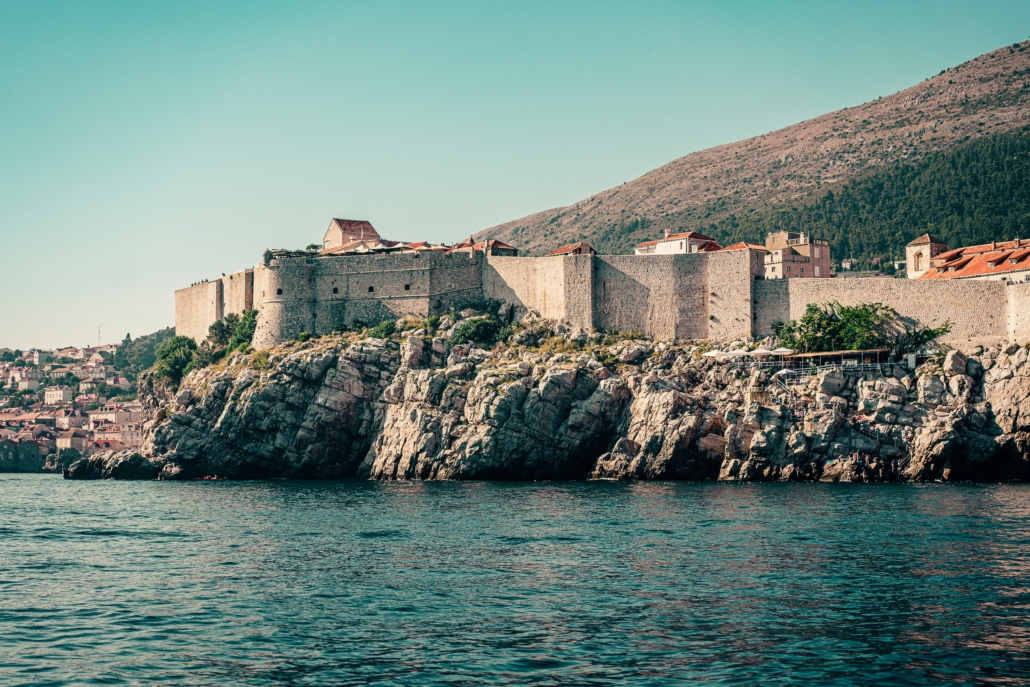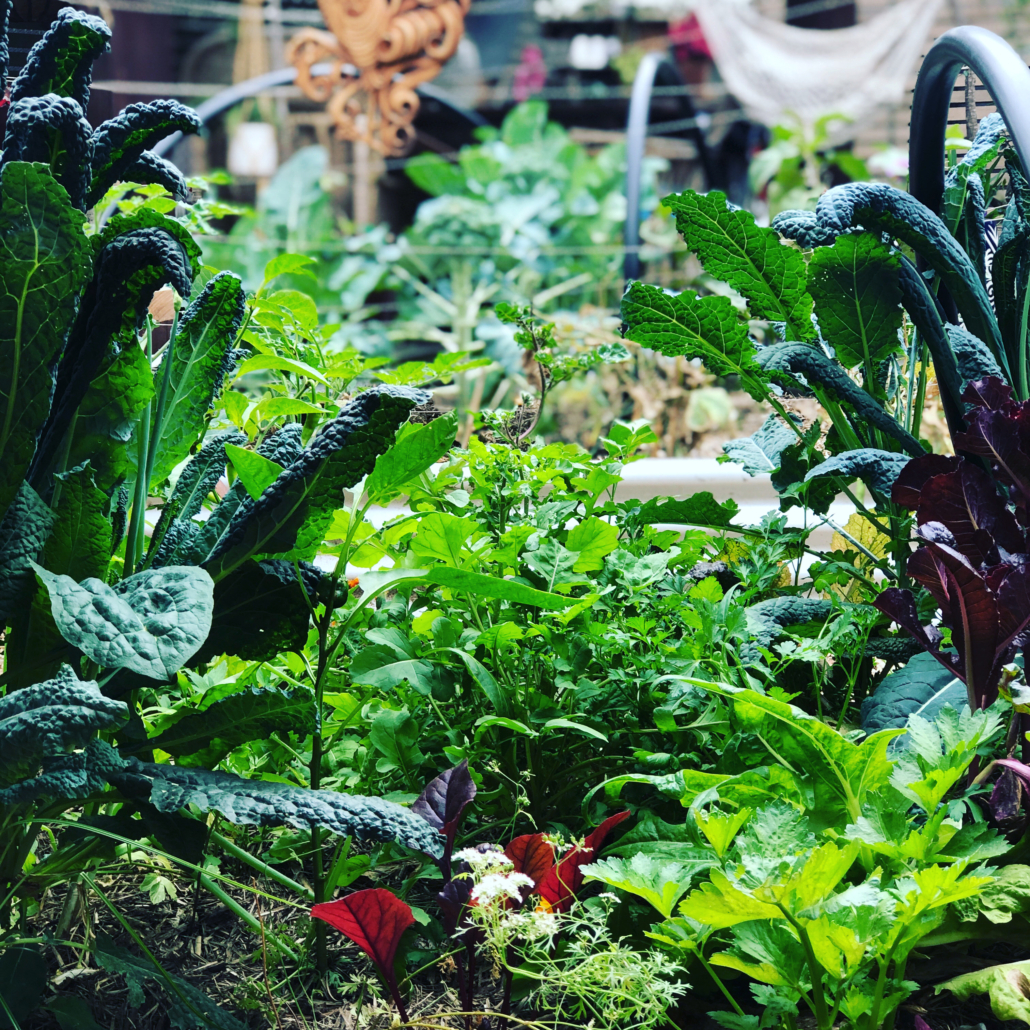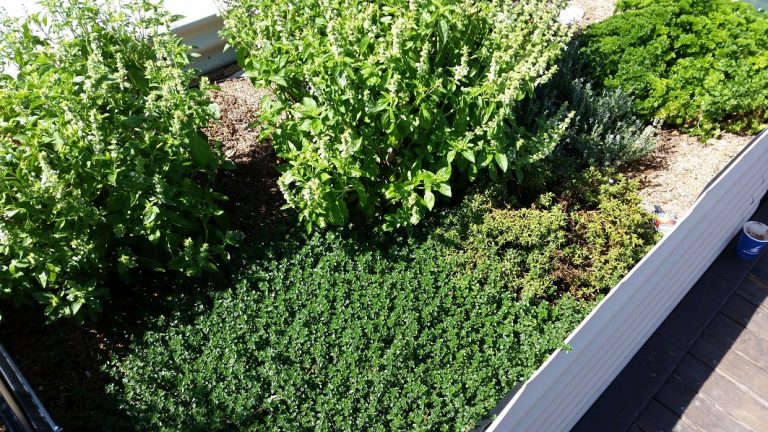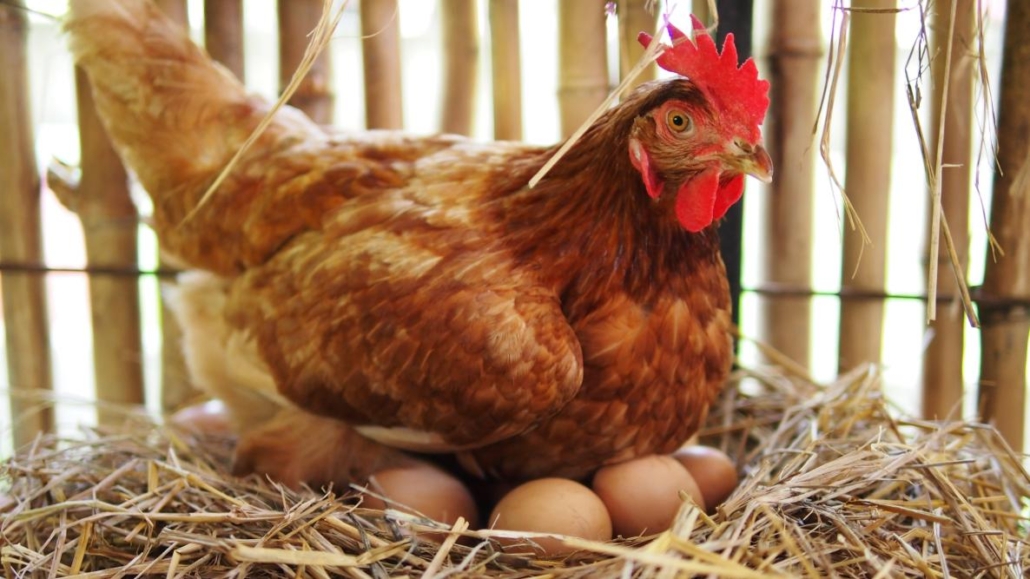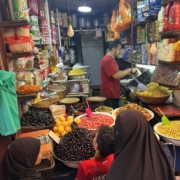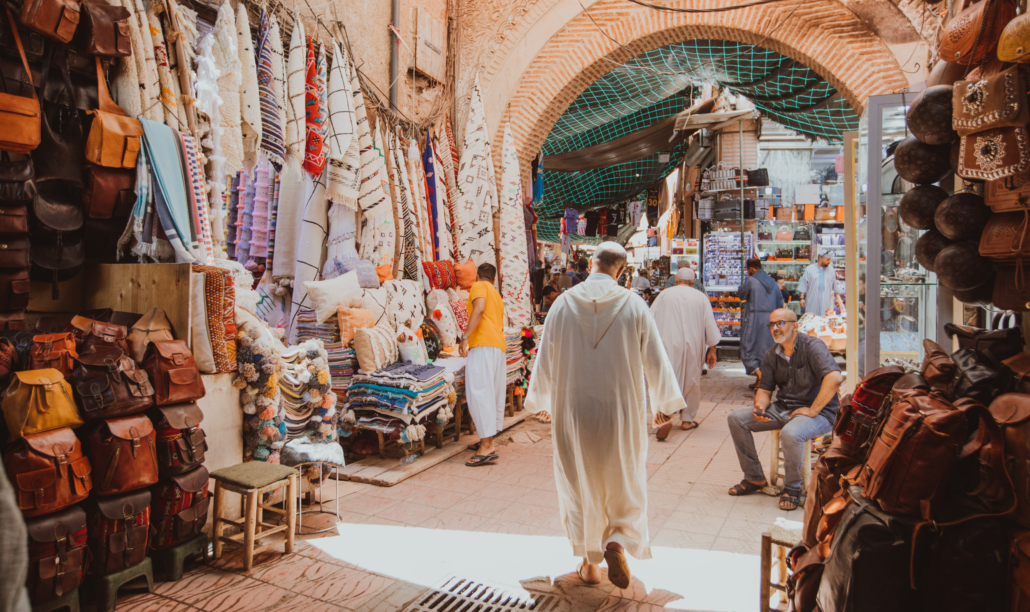“5 Festive Sweet Treats in 5 Days”
0 Comments/in Blog/by Dominique Rizzo5 Festive Bites for 5 Days
5 simple, festive, no-bake treats — perfect for Christmas platters, edible gifts, and those moments when you want something sweet without spending hours in the kitchen.
These are recipes I’ve made time and time again. They’re easy, flexible, and made with ingredients you probably already have at home. Nothing complicated — just good food, shared with love.
Make one a day or all five for Christmas
Because food tastes better when it’s shared — and the best recipes are the ones that bring people together.
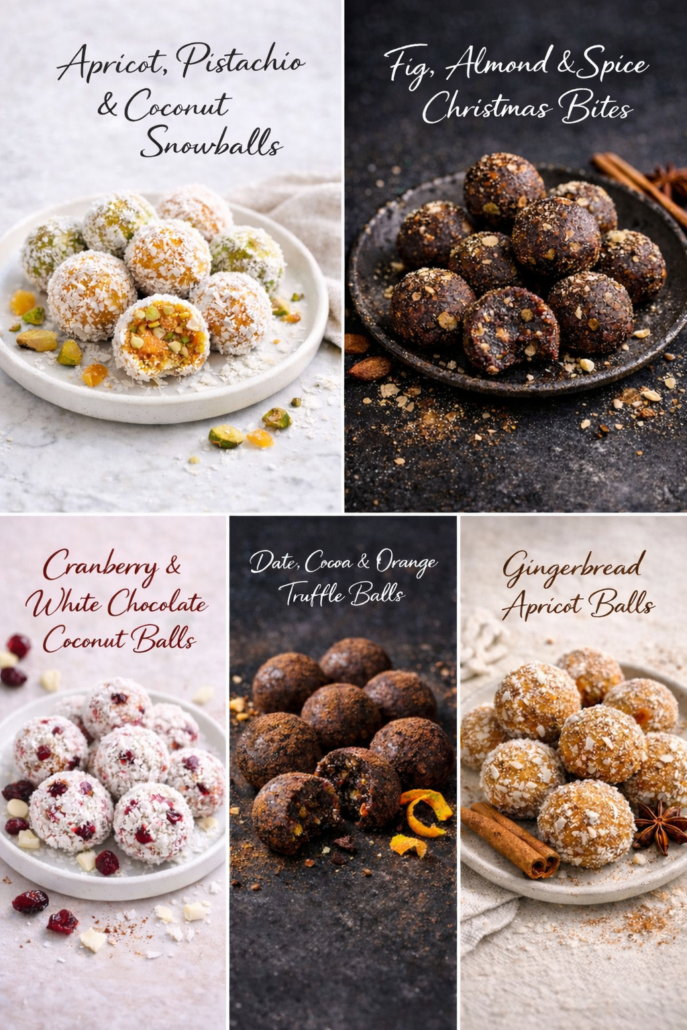
1. Apricot, Pistachio & Coconut Snowballs
Soft, chewy and naturally sweet, these apricot, pistachio & coconut snowballs are a festive classic with a fresh, modern twist. Perfect for Christmas platters, gifting, or a little mid-afternoon treat with tea. Simple, wholesome and always popular.
Ingredients
1½ cups dried apricots
½ cup desiccated coconut (plus extra for rolling)
½ cup pistachios
Zest of 1 orange
1–2 tbsp orange juice
Method
Blitz everything in a food processor until sticky. Roll into balls and coat generously in coconut.
2. Fig, Almond & Spice Christmas Bites
These fig, almond & spice Christmas bites are rich, aromatic and beautifully festive. Think warm spices, nutty texture and deep fig sweetness — like a little nod to panforte, rolled into a bite-sized treat. Perfect for slow afternoons and holiday grazing boards.
Ingredients
1 cup dried figs
½ cup almonds
¼ cup oats
½ tsp cinnamon
Pinch nutmeg & cloves
1 tbsp honey
Method
Process until mixture comes together. Roll into balls and dust lightly with cinnamon or crushed almonds.
3. Cranberry, White Chocolate & Coconut Balls
Sweet, creamy and just a little festive, these cranberry & white chocolate coconut balls are always a crowd favourite. Studded with tart cranberries and finished in coconut, they’re perfect for gifting, entertaining or sneaking straight from the fridge.
Ingredients
1 cup dried cranberries
1 cup desiccated coconut
½ cup almond meal
¼ cup white chocolate chips
2–3 tbsp coconut cream
Method
Blend cranberries, coconut, and almond meal. Fold through chocolate chips. Roll and chill before serving.
4. Date, Cocoa & Orange Truffle Balls
Rich, chocolatey and deeply satisfying, these date, cocoa & orange truffle balls are my go-to when I want something indulgent but refined. Dark cocoa, citrus zest and natural sweetness — proof that simple ingredients can create something truly special.
Ingredients
1½ cups medjool dates (pitted)
¼ cup almond meal
2 tbsp cocoa powder
Zest of 1 orange
Pinch sea salt
Method
Process until smooth. Roll into balls and coat in cocoa or finely grated dark chocolate.
5. Gingerbread Apricot Balls
All the flavours of Christmas in one bite. These gingerbread apricot balls are spiced, fragrant and softly sweet — perfect for festive platters, edible gifts or enjoying with a cup of tea. A nostalgic flavour, made fresh and modern.
Ingredients
1½ cups dried apricots
½ cup walnuts or almonds
½ cup coconut
½ tsp ground ginger
½ tsp cinnamon
Pinch cloves
1 tbsp golden syrup or honey
Method
Blitz everything until sticky. Roll into balls and coat in coconut or crushed nuts.
Serving & Gifting Tips
Store in the fridge up to 2 weeks
Pack in glass jars with ribbon for gifts
Add edible gold dust or citrus zest for a luxe finish






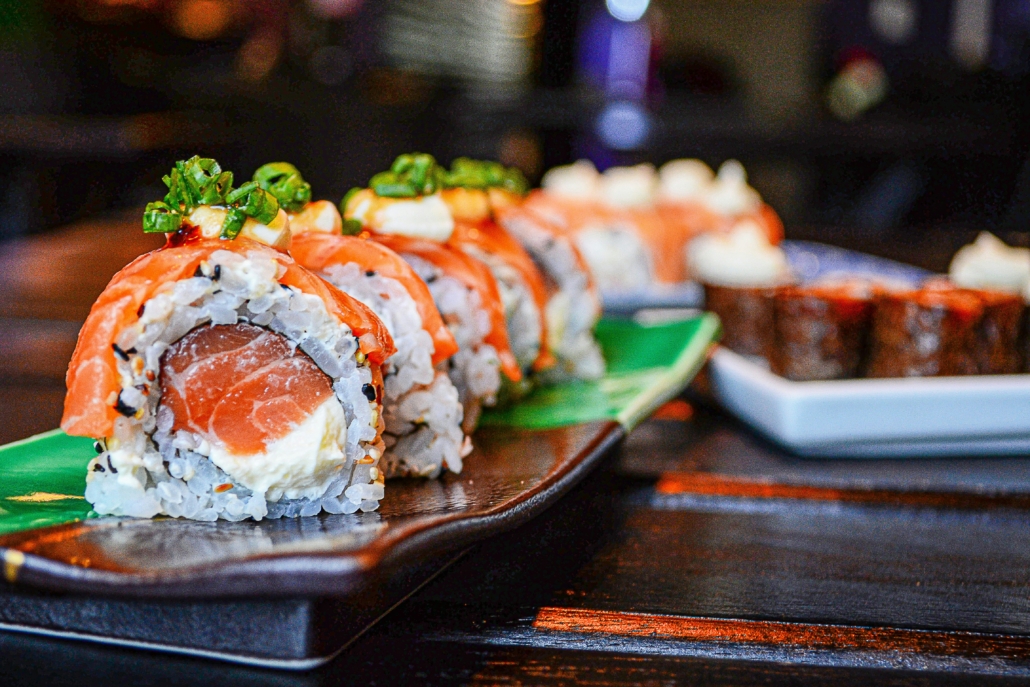




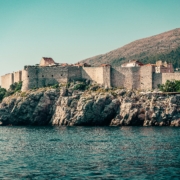 https://unsplash.com/photos/brown-concrete-building-on-rock-formation-near-body-of-water-during-daytime-r02BhUQj6cE
https://unsplash.com/photos/brown-concrete-building-on-rock-formation-near-body-of-water-during-daytime-r02BhUQj6cE